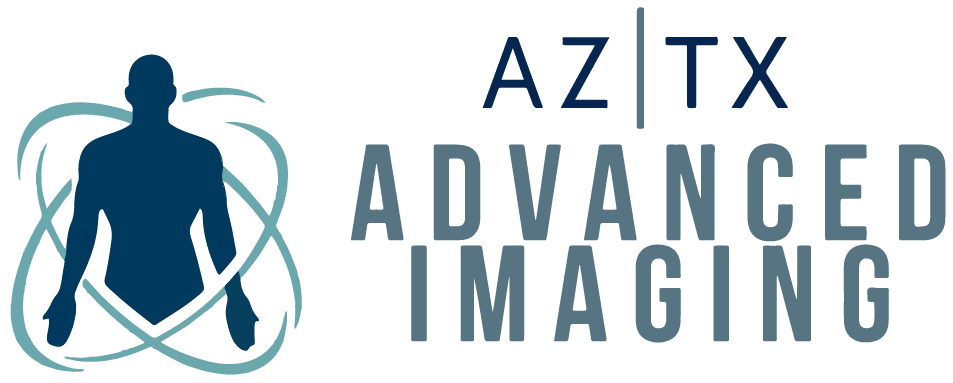
X-Ray Computed Tomography (CT), sometimes referred to as Computerized Axial Tomography (CAT), is a diagnostic tool which produces images representative of slices of the body, allowing the radiologist and physicians to view cross sections and get a more accurate view of structures within the body. This modality is typically chosen when disease, trauma or abnormalities are present, but is now also being marketed as a preventative or proactive health care measure, with no indication or symptoms of disease.
Clearer Vision, Better Decisions: Discover Your Health with CT Scan Excellence.
Prior to your scan
You may be asked not to eat or drink anything for a few hours beforehand, especially if a contrast material will be used in your exam. You may be asked to wear a gown for the scan. It is also customary for the technician to ask you to remove any jewelry, glasses, removable dental work, hearing aids or other objects that could interfere with the image quality.


What to expect during a CT scan
If contrast material is used, it may be swallowed, or injected through an intravenous line (IV), depending on the type of examination. Please Inform a technologist if you have a known allergy to iodine or to the contrast dye. They can work with you and your prescriber to determine the best course of action. The technician will assist in positioning you on a moveable bed that will then be moved into the CT machine, which rotates around the patient in order to obtain a 3D view. Most CT scans take up to 30 minutes to complete. You are asked to remain perfectly still and hold your breath for certain periods in order to get an accurate image.
Benefits
- CT scans can provide detailed information to diagnose, plan treatment for, and evaluate many conditions in adults and children.
- The detailed images provided by CT scans may eliminate the need for exploratory surgery.
Risks
- The exposure to ionizing radiation may cause a small increase in a person’s lifetime risk of developing cancer.
- Some people experience allergic reactions to the intravenous contrast agent, or dye (used to improve visualization).
- Any of these conditions may increase the risk of an unusual adverse effect; Recent illnesses or other medical conditions, history of heart disease, asthma, diabetes, and kidney disease or thyroid problems.
- Women should always inform their CT technologist if there is any possibility that they may be pregnant.
